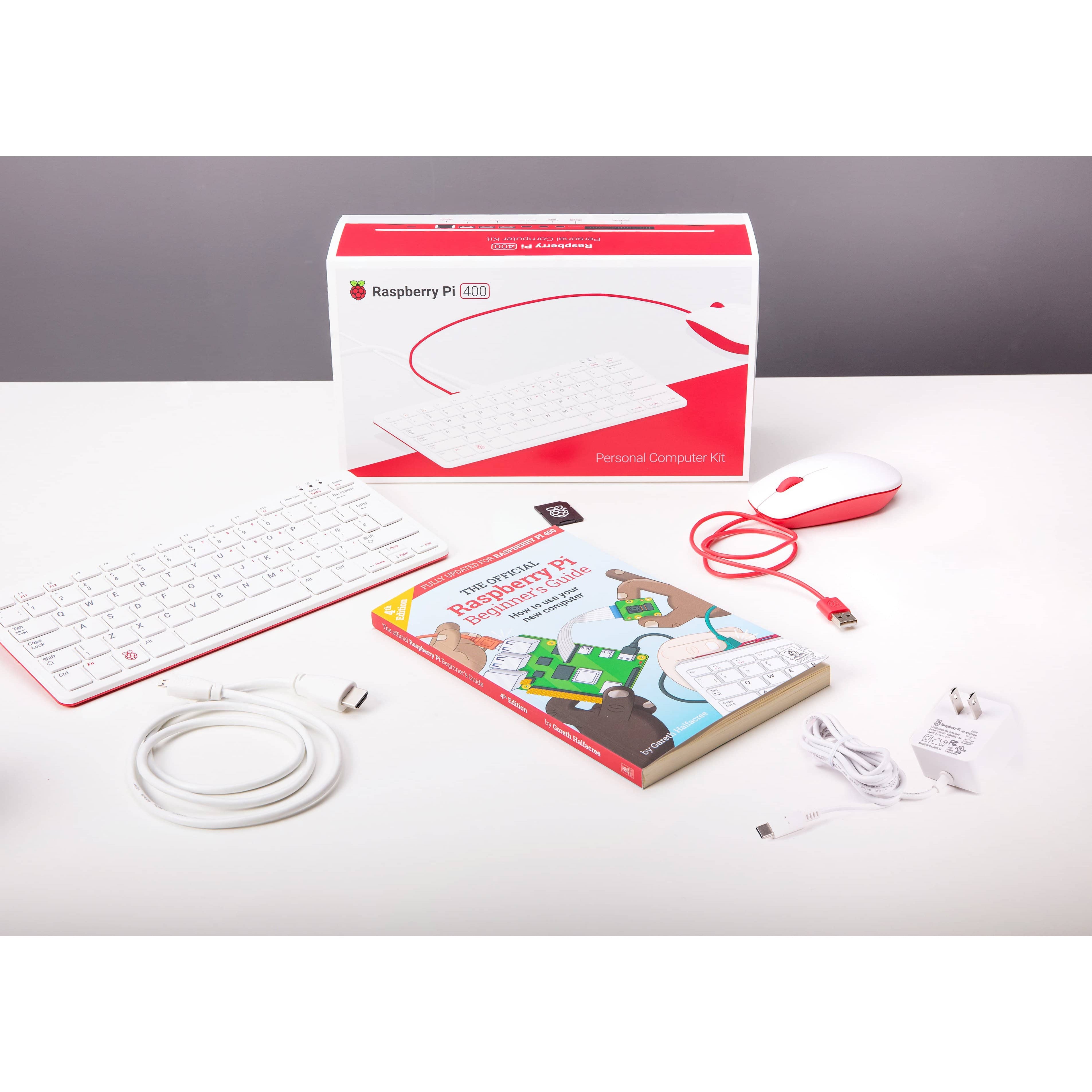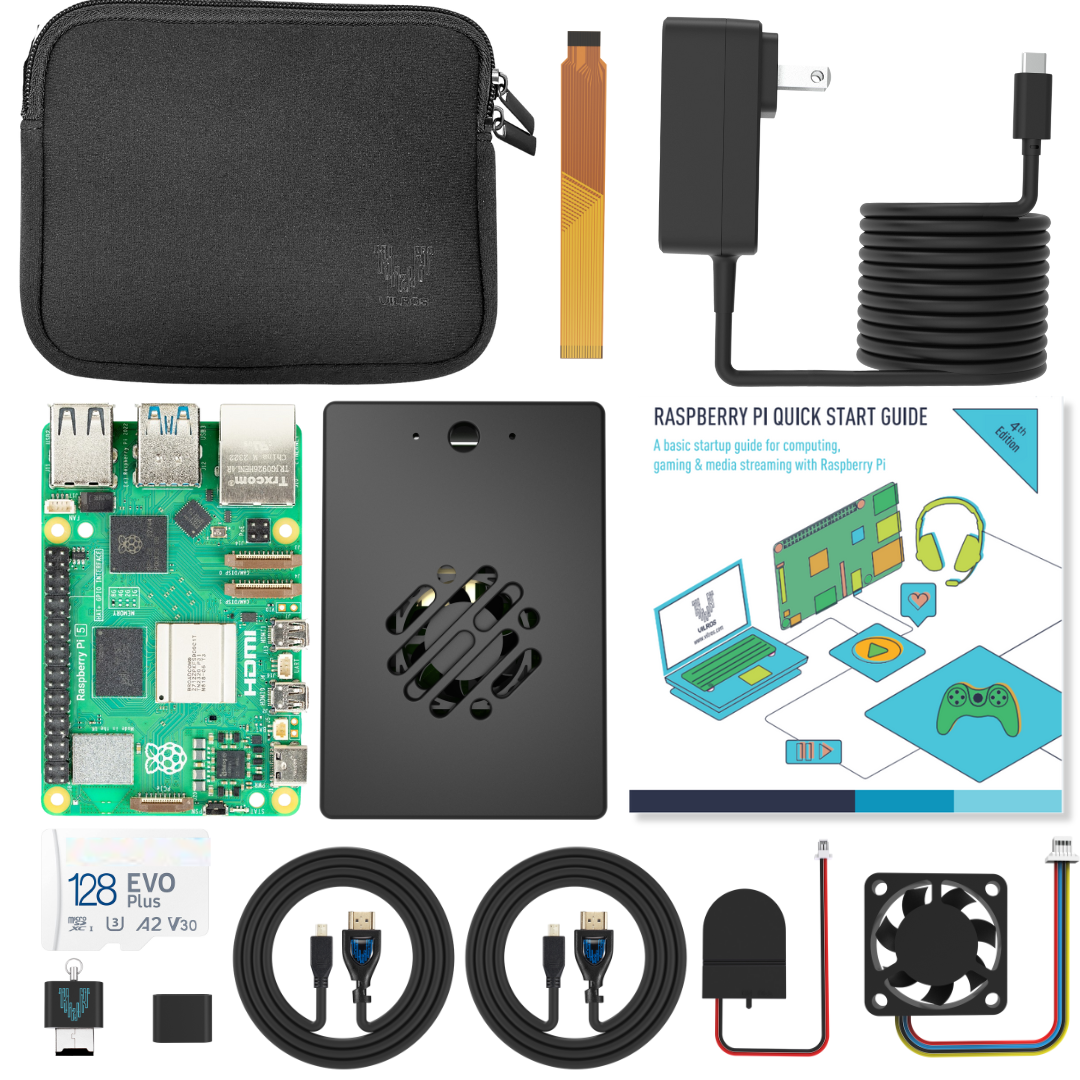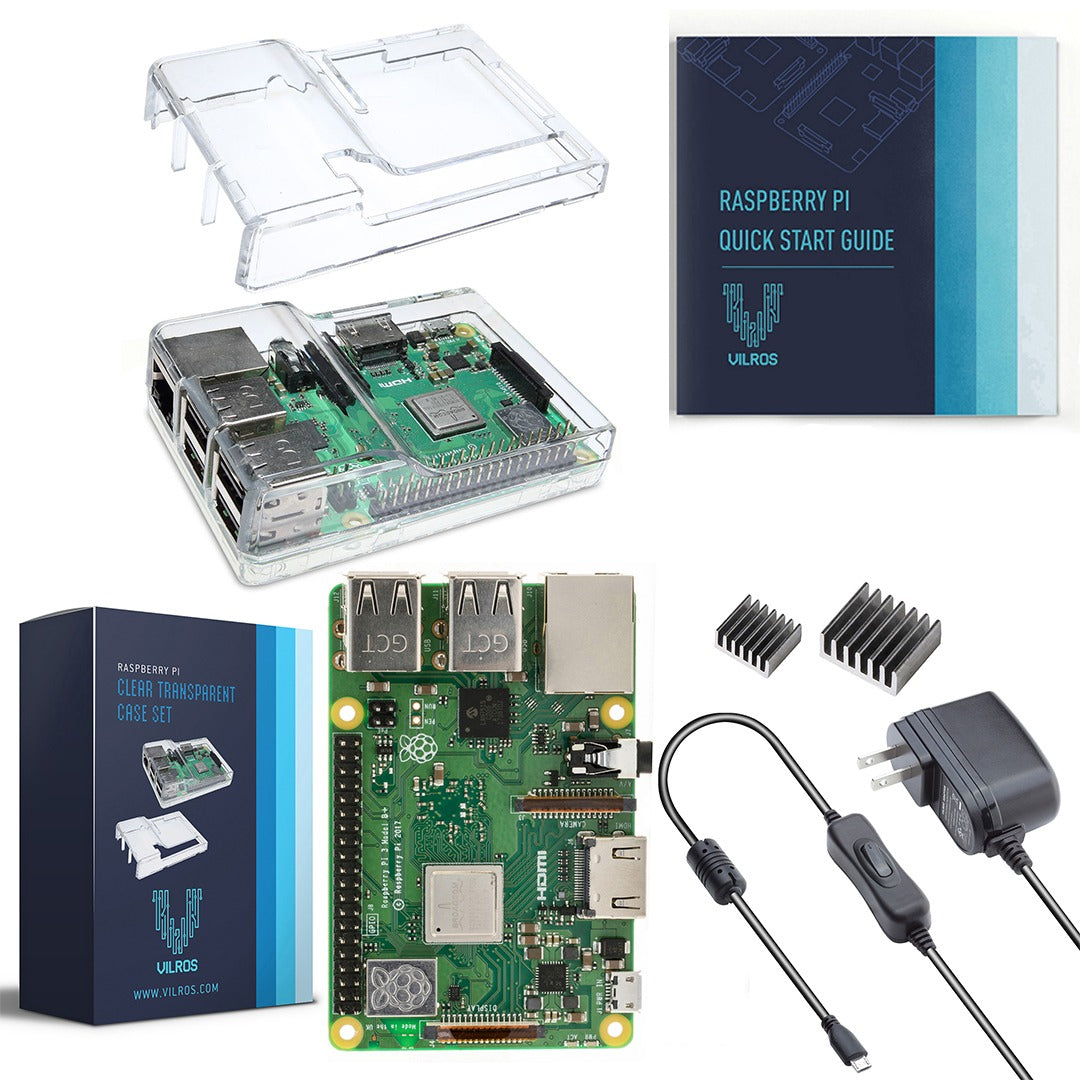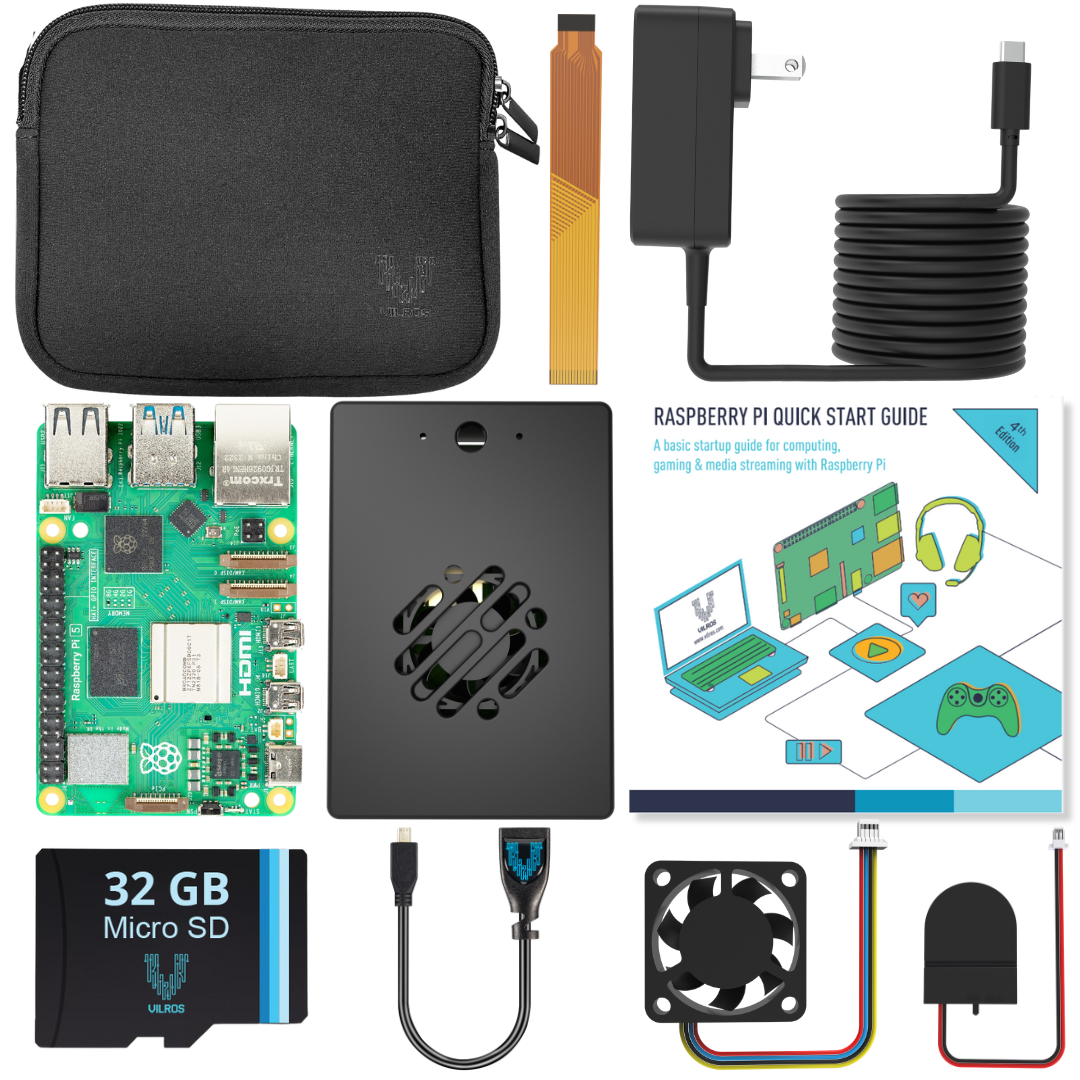
Get Started with Edge Impulse and Raspberry Pi for Embedded Machine Learning
Get Started with Edge Impulse and Raspberry Pi for Embedded Machine Learning
Raspberry Pi makes it easy and cost-effective to get into embedded machine learning!
The inferencing performance of Raspberry Pi 4, for example, is at par with or even exceeds that of some recently released accelerator hardware in the market but the total hardware cost is significantly lower.
However, using the Raspberry Pi to train custom models is still tricky, just the same with other edge platforms. This makes the recent Edge Impulse announcement a huge step in simplifying the accessibility to machine learning.
Best of all, the full Raspberry Pi support means you are now able to extract data then train against it through the Edge Impulse cloud platform before deploying back the now trained model into the Raspberry Pi.
4 New Raspberry Pi Software Development Kits from Edge Impulse
Edge impulse announced the availability of four new Raspberry Pi SDKs or software development kits which include Python, Go, Node.js, and C++. These SDKs will allow developers to write their custom inferencing applications. Object detection has been added as well. This means Raspberry Pi users can stop relying on previously logged classification models and instead train object detection algorithms using data from the camera connected to the Raspberry Pi.
Edge Impulse users are now able to choose which processor class to use in applications intended for embedded machine learning. Leveraging Edge Impulse’s current best-in-class support if you’re using low-power MCUs is now possible as well as venturing in processor classes running embedded Linux for the highest performance possible.
Edge Impulse is also bringing in the already familiar user experience to Linux developers on Pi 4 with full hardware acceleration. It comes with a new set of capabilities and tools, making the deployment on Linux of embedded machine learning models much easier.
Real object detection has also been launched as part of Edge Impulse’s ML pipeline computer vision. You can now use either any USB interface web camera by plugging it into an available USB port on your Raspberry Pi or the proprietary Raspberry Pi camera. By doing this, you can maximize higher performance computer’s raw power and more complex libraries and frameworks to facilitate applications intended for computer vision.
These new machine learning capabilities are demonstrated in a video from Edge Impulse showing how to build your very own custom object detection system that will recognize household items.
In addition, audio applications are now possible by plugging in a USB microphone into a free USB port on the Raspberry Pi. If you need to use a sensor fusion, Pi’s 40-pin GPIO port can be used to connect sensors such as temperature and humidity sensors, motion sensors, magnetometers, accelerometers, and others.
The Future of Machine Learning with Raspberry Pi and Edge Impulse 
Alasdair Allan, the technical documentation manager for Raspberry Pi said that although they’re seeing promising Edge Impulse performance metrics, it’s still behind what’s being put out by the TensorFlow Lite framework from Google. TensorFlow Lite also allows the building of machine-learning models on the Pi which can be used for different deep-learning tasks such as speech and image recognition.
Allan noted, however, that huge variations in use cases and data types related to machine-learning applications mean that comparing performances even across similar models can be challenging. With the new support from Edge Impulse and with the help of enthusiasts and developers, the future for embedded machine learning using Raspberry Pi is looking bright.
Are you excited about the future of embedded machine learning with Raspberry Pi? Let us know if you’ve checked out any of the new development kits from Edge Impulse!
And if you want to keep current on more of the recent significant developments for Raspberry Pi and Arduino you can always return here to our Vilros blog to find out more!





